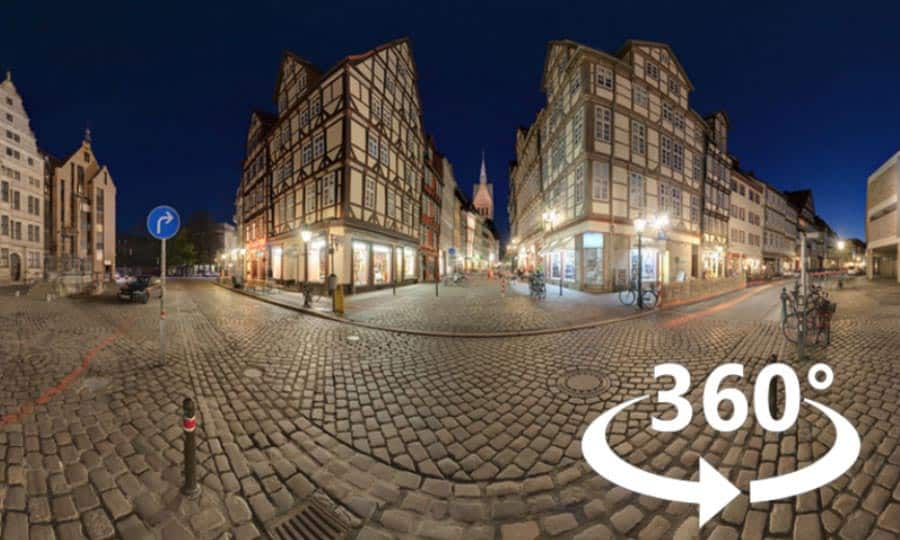The Complete Guide to What VR is
What is VR?
VR - or virtual reality - is a kind of simulated reality. You might be familiar with VR headsets that you can wear and experience a 360-degree world that can be animated or real. VR can be used for both education and entertainment, by recreating worlds and experiences in a safe and immersive way.
Fictional, human-created worlds like those in video games can be interacted with. Players can use headsets in conjunction with controllers to move around in the virtual world and pull levers, solve puzzles, fight villains, and more. On the other hand, VR can be created using video footage to let users experience a film in a more immersive way.
Need to Download VideoStudio?
Download a free 30 day trial now!
Imagine, for example, a video that explored the bottom of the sea, the International Space Station, or a steep mountain. The audience can put on a VR headset and be completely transported on all sides of this world, experiencing the video in a totally immersive and all-encompassing way.
The way that filmmakers can create VR is through the use of VR lenses, or 360 cameras.
What is a VR lens?
A regular camera lens points and records in just one direction. Put simply, a 360 camera or VR lens points and records in all directions.
In the early days of VR, a 360 camera consisted of a huge number of different cameras attached together in a rig pointing outwards in a circle. They would all shoot at the same time, overlapping frames, and would be stitched together in post-production.
Today though, video makers can use specialized 360 cameras which have multiple lenses built into a single camera. Generally, a 360 camera is made up of two very wide-angle lenses which are then connected automatically to create a single 360-degree image.

How does VR work?
VR begins with the camera. By using a VR lens to shoot a video with, you create a 360-degree video clip. If it’s a fairly modern 360 camera, chances are it will stitch all of the different angles together and create a 360 video automatically. If not, you might need to do some video stitching, which is the process of merging separate clips together into one single spherical video and making the color and contrast of every shot consistent.
Another significant difference between VR creation methods is whether each shot has been filmed with one lens or two. If a shot has been filmed with one lens, it will create a monoscopic video, which makes it feel like everything is a similar distance away from you.
On the other hand, if a shot is filmed with two lenses it simulates the human eye more accurately. This helps create a sense of depth within a 3D image and creates a much more immersive and realistic experience.
Once the 360 video has been created it can be posted to platforms that host VR content, like Facebook and YouTube, and then viewed using a VR headset. Going one step further, recording audio using a 360-degree microphone to create 3D sound creates a truly all-encompassing experience.
Need to Download VideoStudio?
Download a free 30 day trial now!